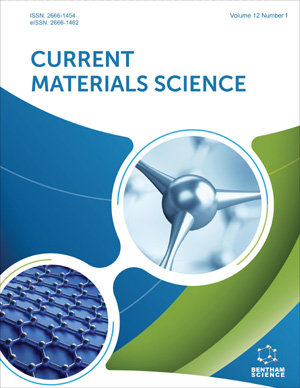Abstract
Advancement in modern electronic devices needs special requirements
such as compact size, lightweight, and easy processing ability for the new innovative
systems. This chapter describes the fundamentals of porous MXene composites
(foams and aerogels) with the aim of inhibiting electromagnetic (EM) pollution. The
first article that elucidated the EM shielding capabilities of MXene composites
demonstrated superior performances to those of the existing materials, owing to their
metallic conductivity, large surface area, surface modifiability, and ease of
processability. Various approaches have been used to attenuate EM waves, including
the application of laminate, porous, and hybrid structures. Among these, the porous
morphology can contribute to the design of the absorption-dominant EM shield.
Herein, the variations in electrical conductivity, mechanical stability, and
electromagnetic interference shielding effectiveness (EMI SE) were explored with the
use of a porous morphology. Subsequently, the theoretical and experimental results
were analyzed to obtain new insights into the shielding mechanisms. This chapter will
provide an overview of porous MXene composite materials and future challenges and
strategies to design hybrid materials for next-generation EMI shielding applications.
Keywords: Aerogels, Electromagnetic Shielding, Foams, MXenes, Porous Structure.




















